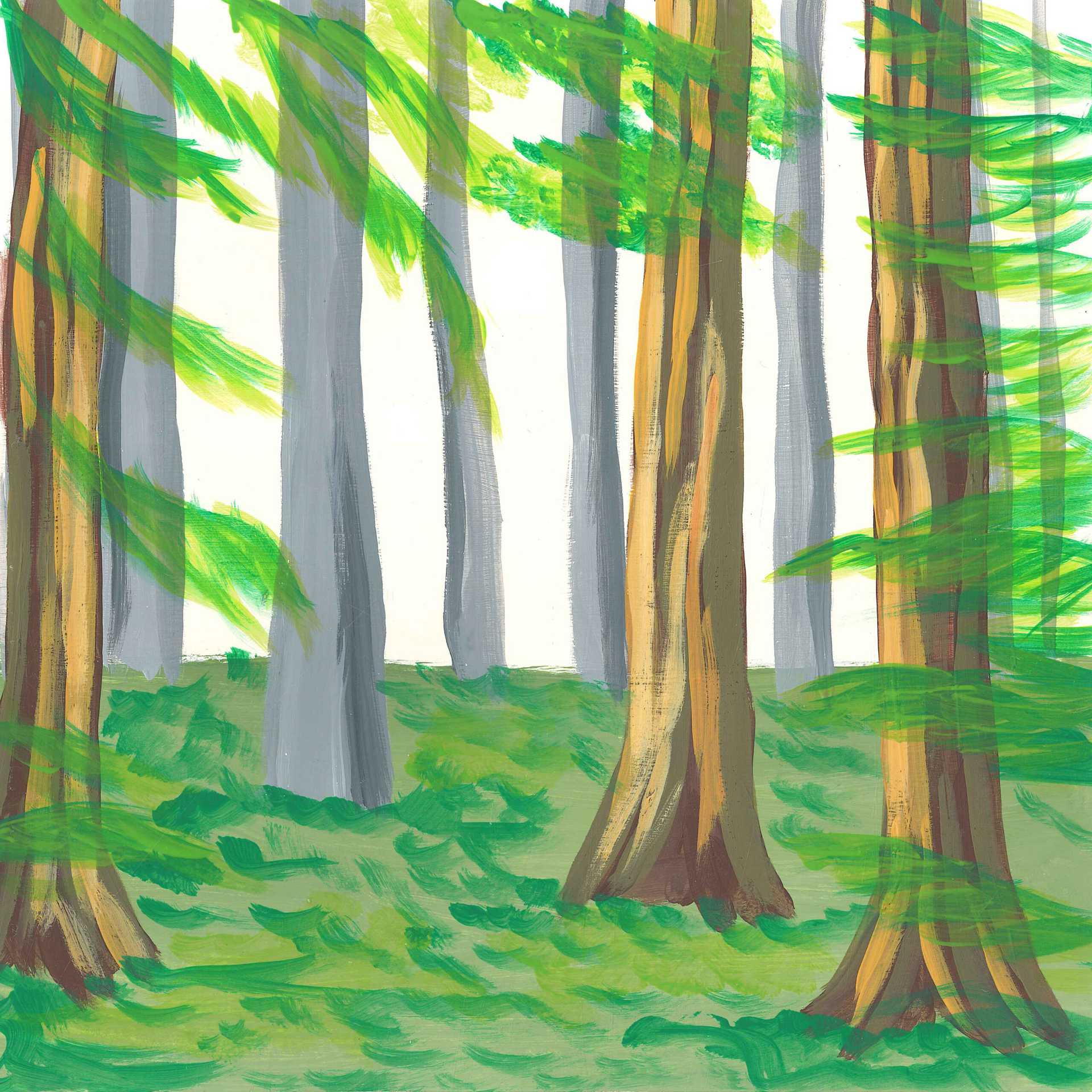
Forest Rain Drops
Early autumn in the primeval UNESCO heritage beech forest. After a rainy, very foggy night, the raindrops are gently falling on the ground from the canopies of big beech trees and the birds are very subtle and rare in this time of year here.
Biggest, most noticeable difference in the primeval Beech forest compare to a “regular” one is that there are many naturally fallen, huge trees laying on the ground, or some still half standing – I call them totems. These fallen giants are still giving function and providing a positive impact on the whole ecosystem, even after they are no longer alive. They are giving nutrients to the soil, home for various insects, birds, and animals, providing a medium for mushrooms and more. After they fall down, they can still last from 40 to even more than 100 years old, slowly decomposing and giving life to others. In comparison to the most common, human-touched and regulated forests that most people are used to, the grounds are always “clean”. Primeval forest means that in whole history, it was never touched, interfered or managed by a human. It is left completely to a natural process.
